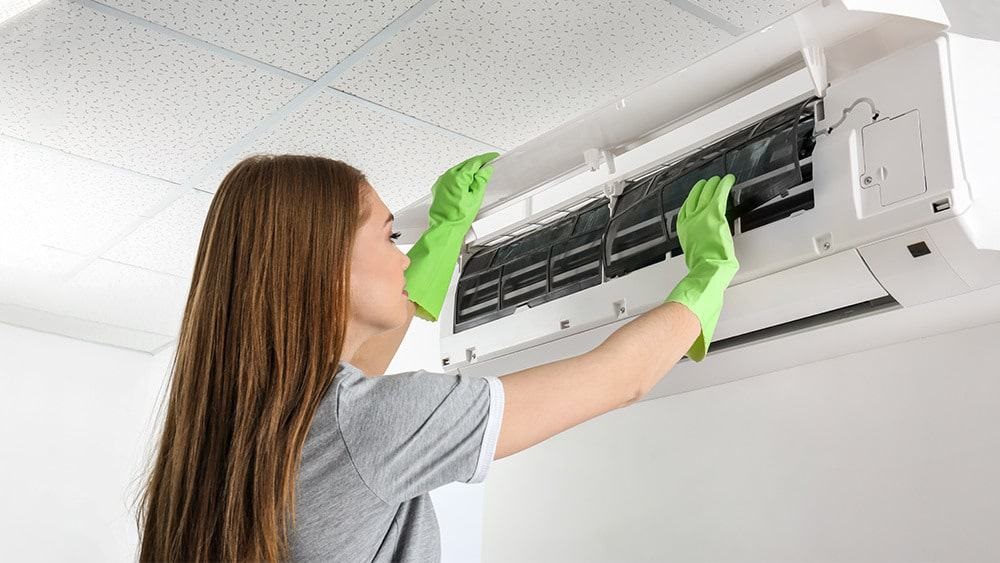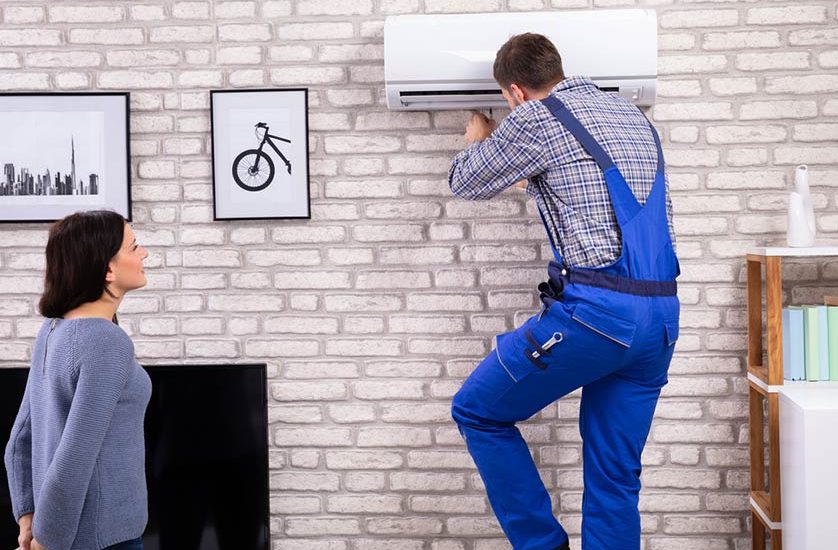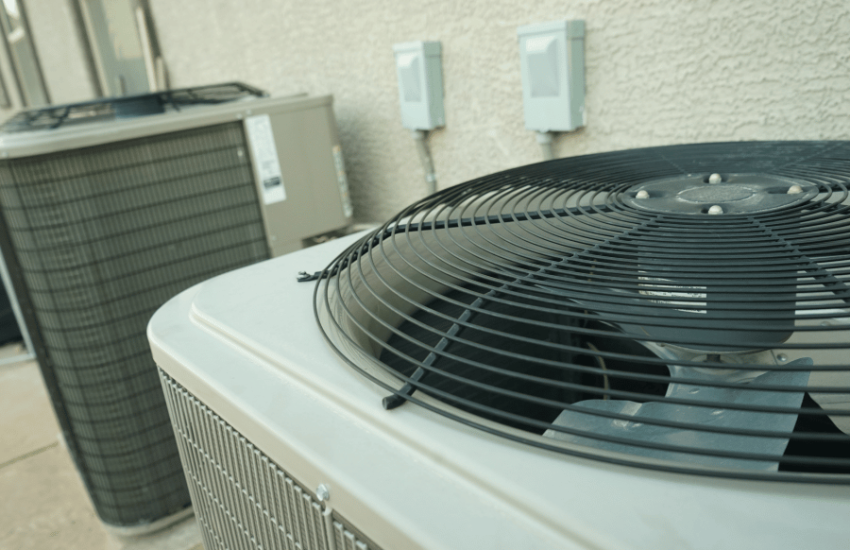What Are the Steps in Air Conditioning Maintenance?
Air conditioning systems play a vital role in keeping our homes comfortable, especially during scorching summers. To ensure their optimal performance, regular maintenance is essential. Proper air conditioning maintenance not only extends the lifespan of the system but also enhances energy efficiency and improves indoor air quality.
Understand the Importance of Maintenance
Before delving into the steps, it’s crucial to recognise why air conditioning company maintenance is essential.
- Prevents breakdowns and costly repairs.
- It enhances energy efficiency and helps you to reduce electricity bills.
- Regular maintenance extends the lifespan of your air conditioner.
- Ensures your home remains comfortable during the hottest months.
Check and Replace Air Filters
The first step in air conditioning maintenance is checking and replacing air filters. Clogged and dirty filters restrict airflow, making your AC work harder and consuming more energy. It is important to replace or clean the filter from time to time. Depending on how much you are using your air conditioner.
Inspect the Condenser Unit
The condenser unit, located outside your home, requires periodic inspection. Clear any debris, leaves, or dirt from the area surrounding the unit. Ensure there are no obstructions around the condenser to allow unrestricted airflow.
Clean the Evaporator Coil
The evaporator coil, found in the indoor unit, can accumulate dust and dirt over time, hindering its efficiency. Gently clean the coil using a soft brush or a vacuum cleaner to remove any buildup. If there is substantial dirt or mould, consider hiring a professional for a thorough cleaning.
Check and Clean the Condensate Drain
Clogged drains can lead to water leaks and potential water damage. Regularly check and clean the condensate drain to ensure it functions correctly.
Inspect and Tighten Electrical Connections
Loose electrical connections can cause system malfunctions and even pose safety hazards. Turn off the power supply, then carefully inspect and tighten all electrical connections in your air conditioning system.
Lubricate Moving Parts
Proper lubrication of moving parts in your air conditioner reduces friction and ensures smooth operation. Refer to your AC unit’s manual to determine which parts require lubrication and use the appropriate lubricant.
Check Thermostat Calibration
Calibrate your thermostat to ensure accurate temperature readings. Incorrect calibration can lead to inefficient cooling and unnecessary energy consumption. If you have an older, manual thermostat, consider upgrading to a programmable or smart thermostat for enhanced energy efficiency.
Test and Adjust Fan Blades
Inspect the fan blades to ensure they are clean and balanced. Imbalanced fan blades can cause vibrations and noise. Adjust or replace the blades as needed to maintain smooth operation.
Verify Refrigerant Levels
Low refrigerant levels can indicate leaks in your air conditioning system, which may require professional attention. Confirm that your AC’s refrigerant levels are within the manufacturer’s recommended range.
Conclusion
Air conditioning maintenance is a crucial aspect of ensuring the efficiency and longevity of your cooling system. By following the step-by-step guide outlined above, you can keep your air conditioner running smoothly, improve energy efficiency, and maintain a comfortable indoor environment.




